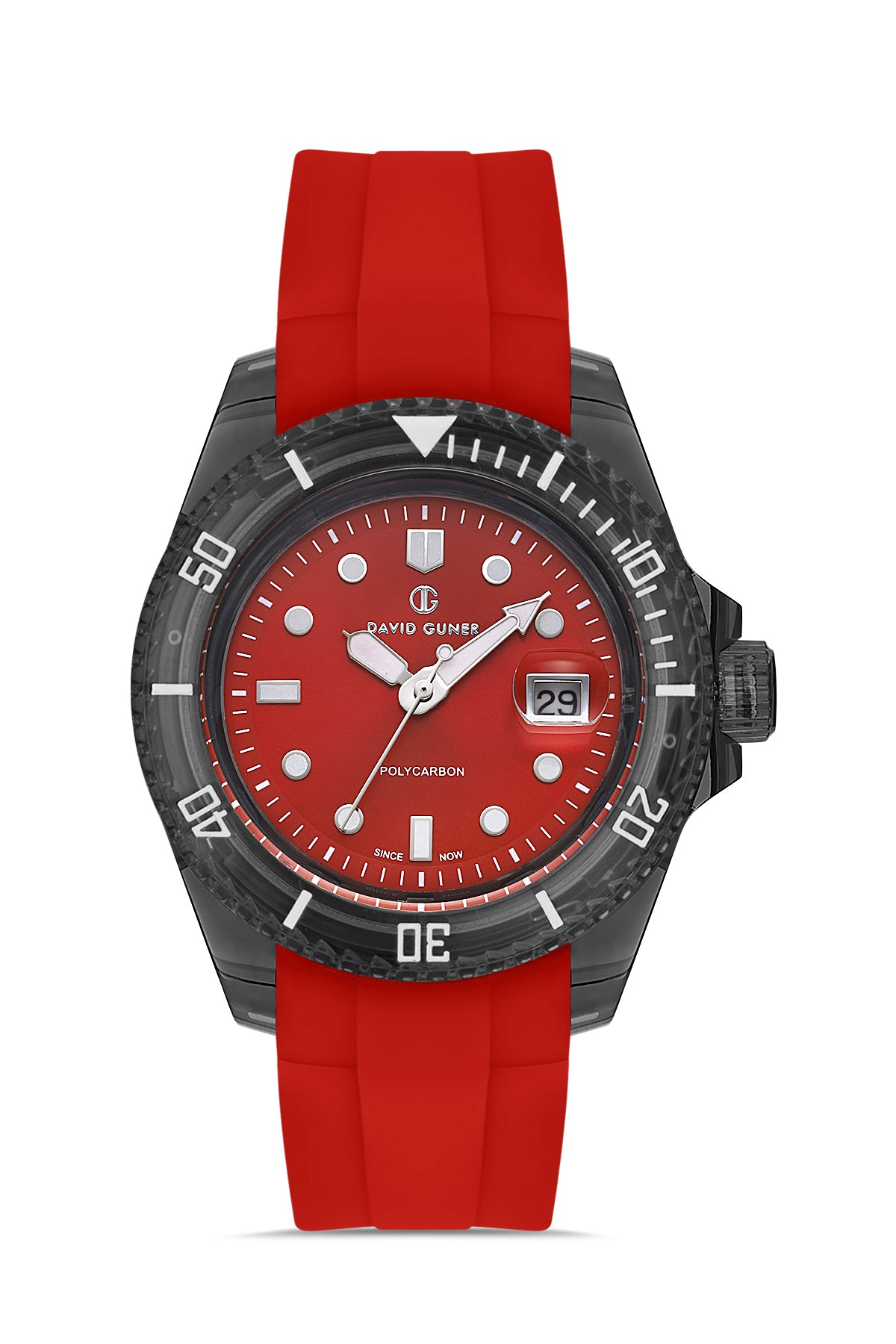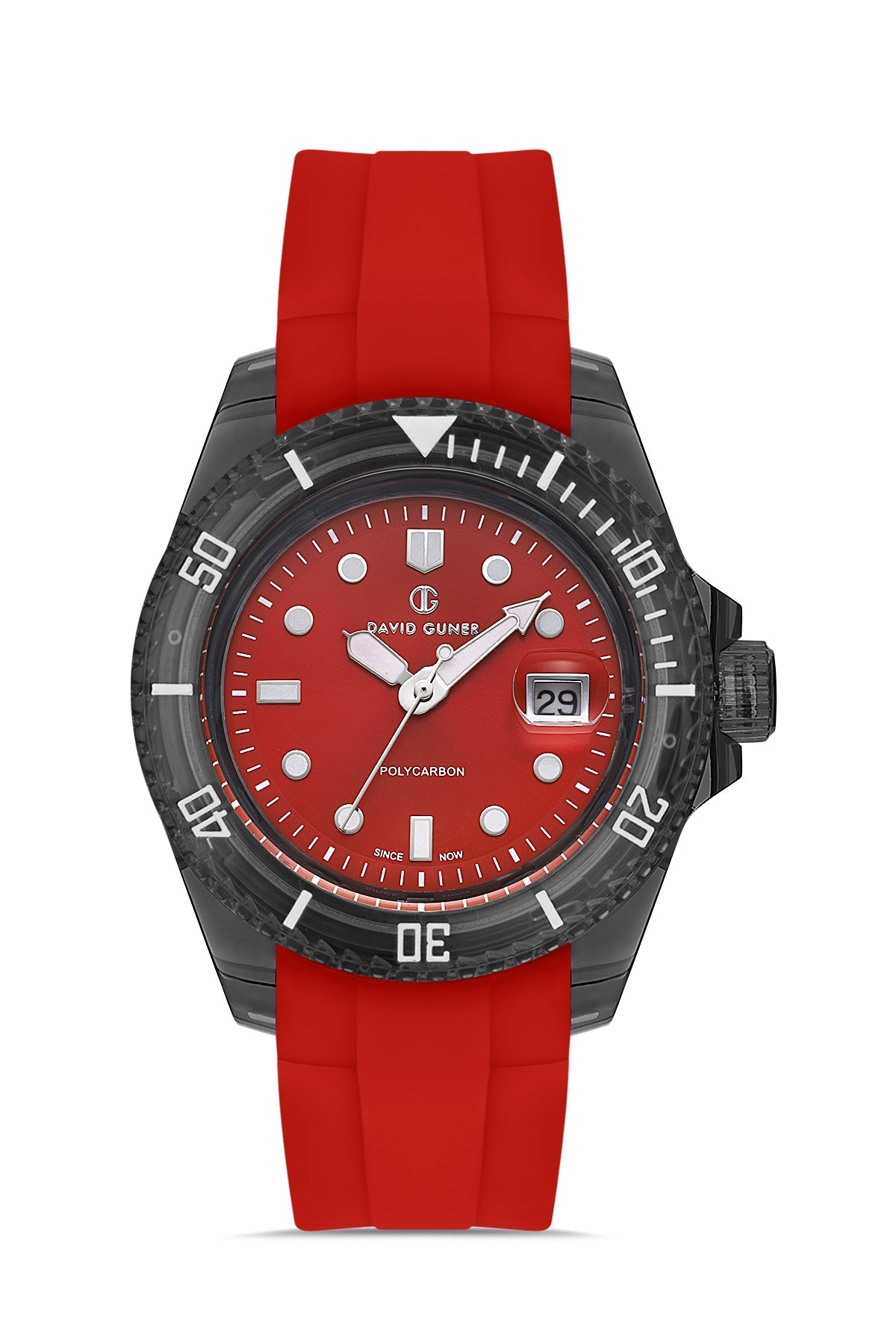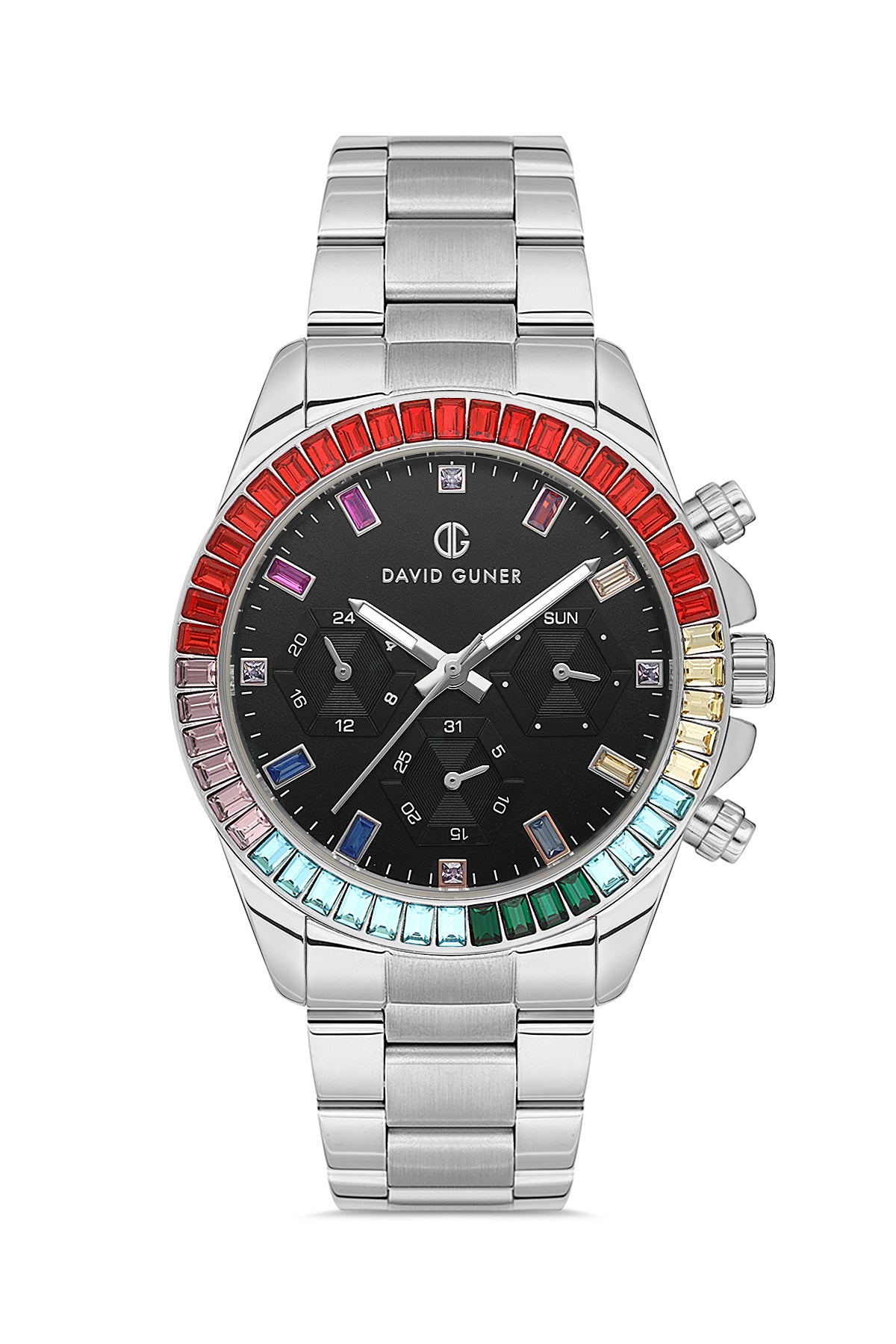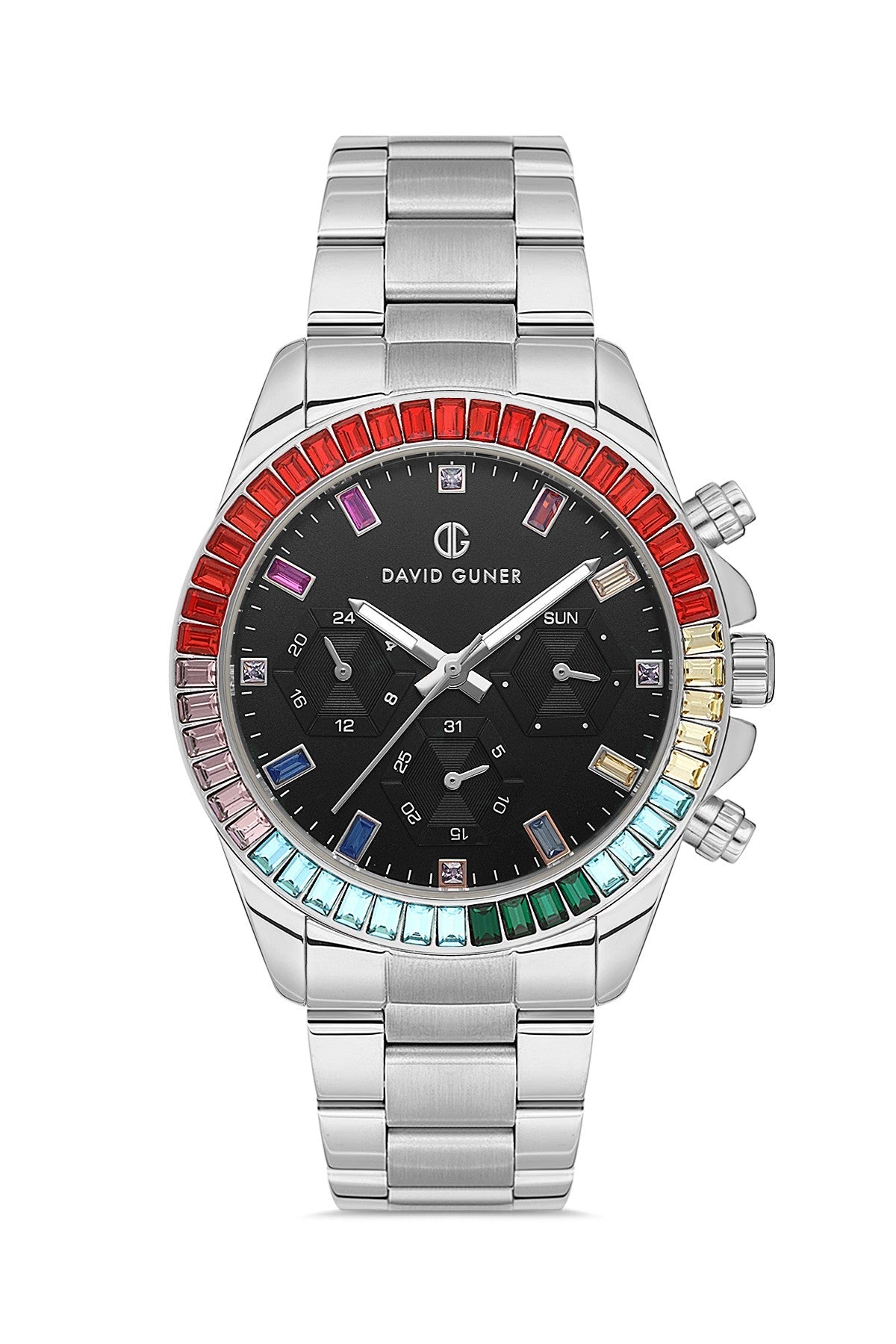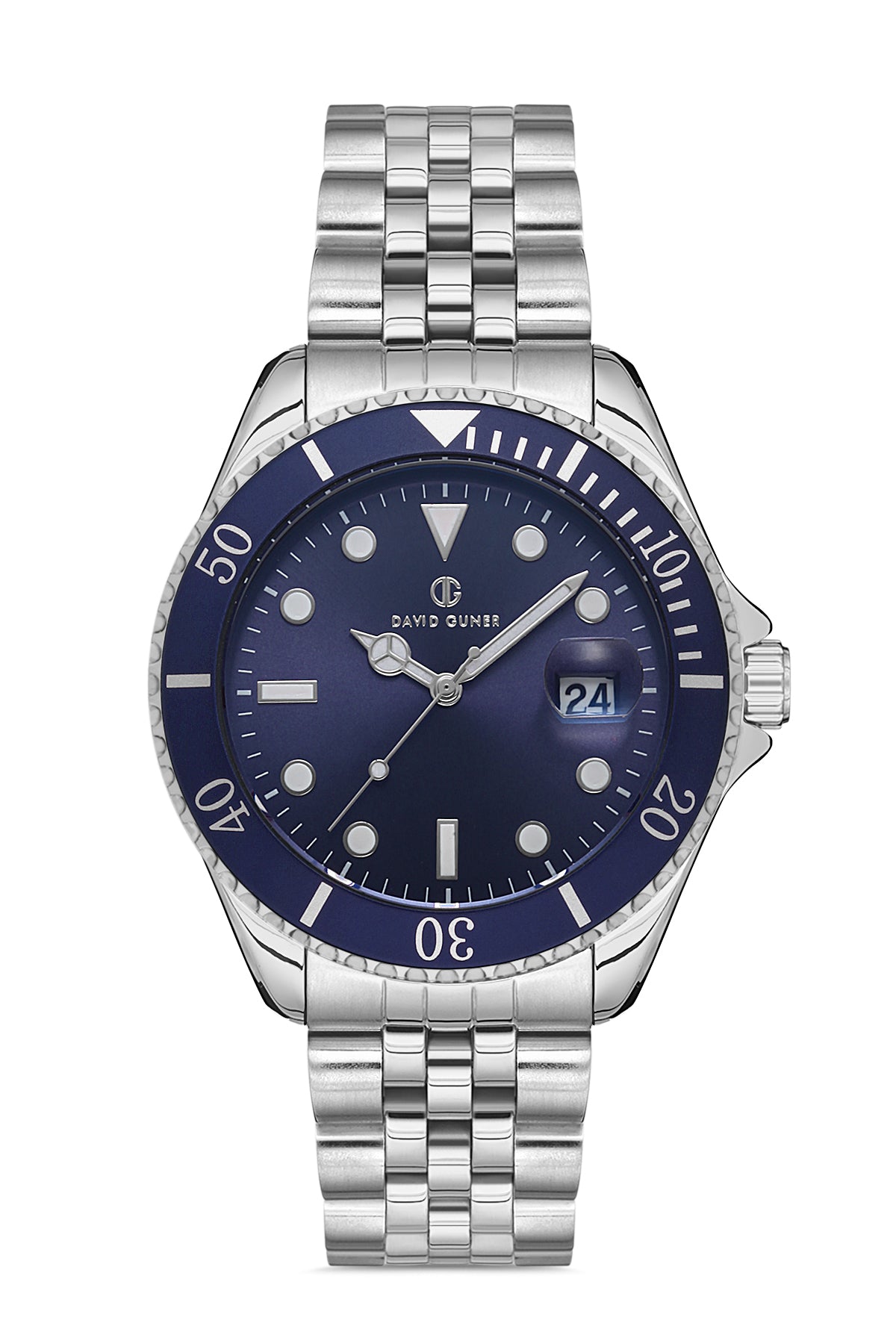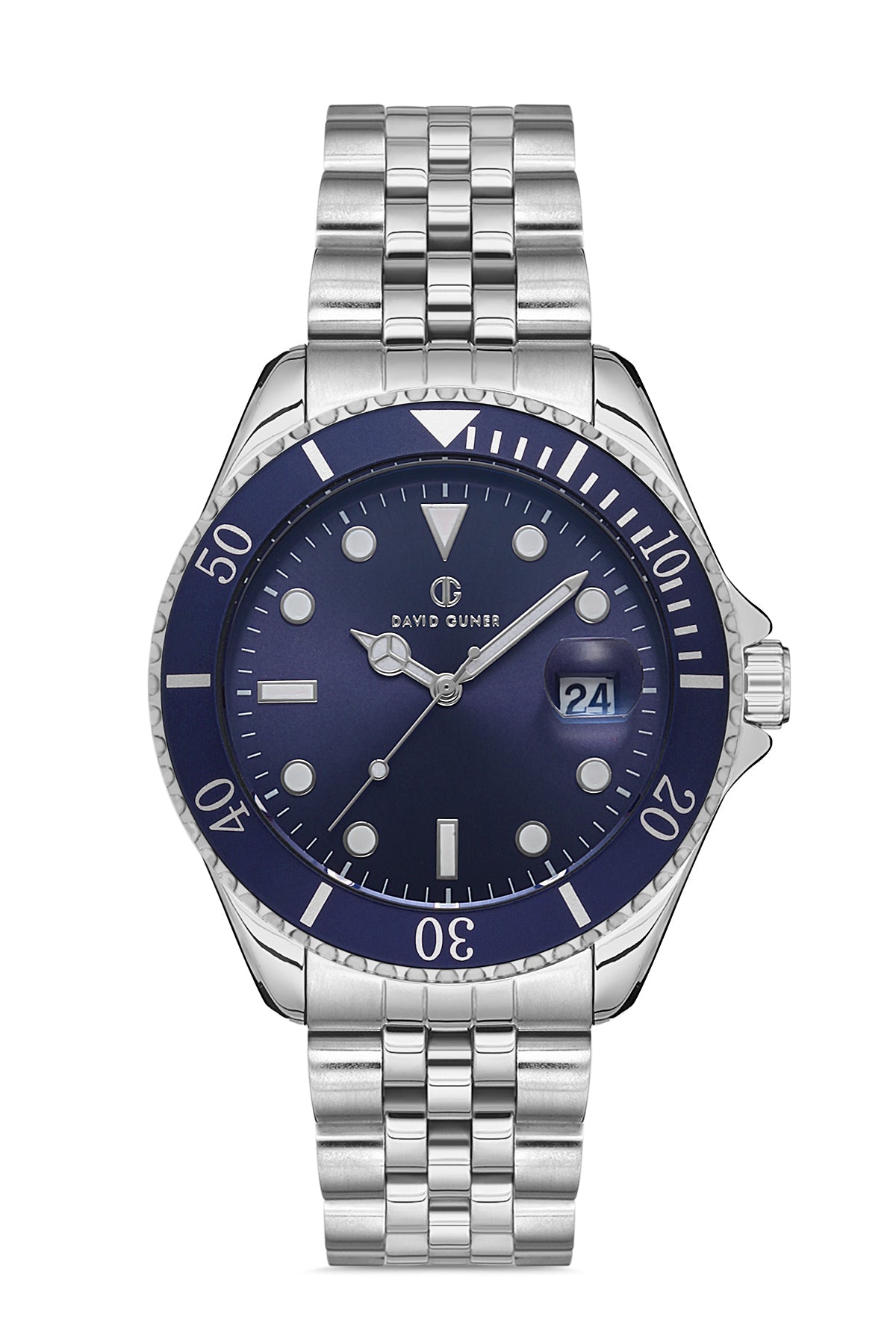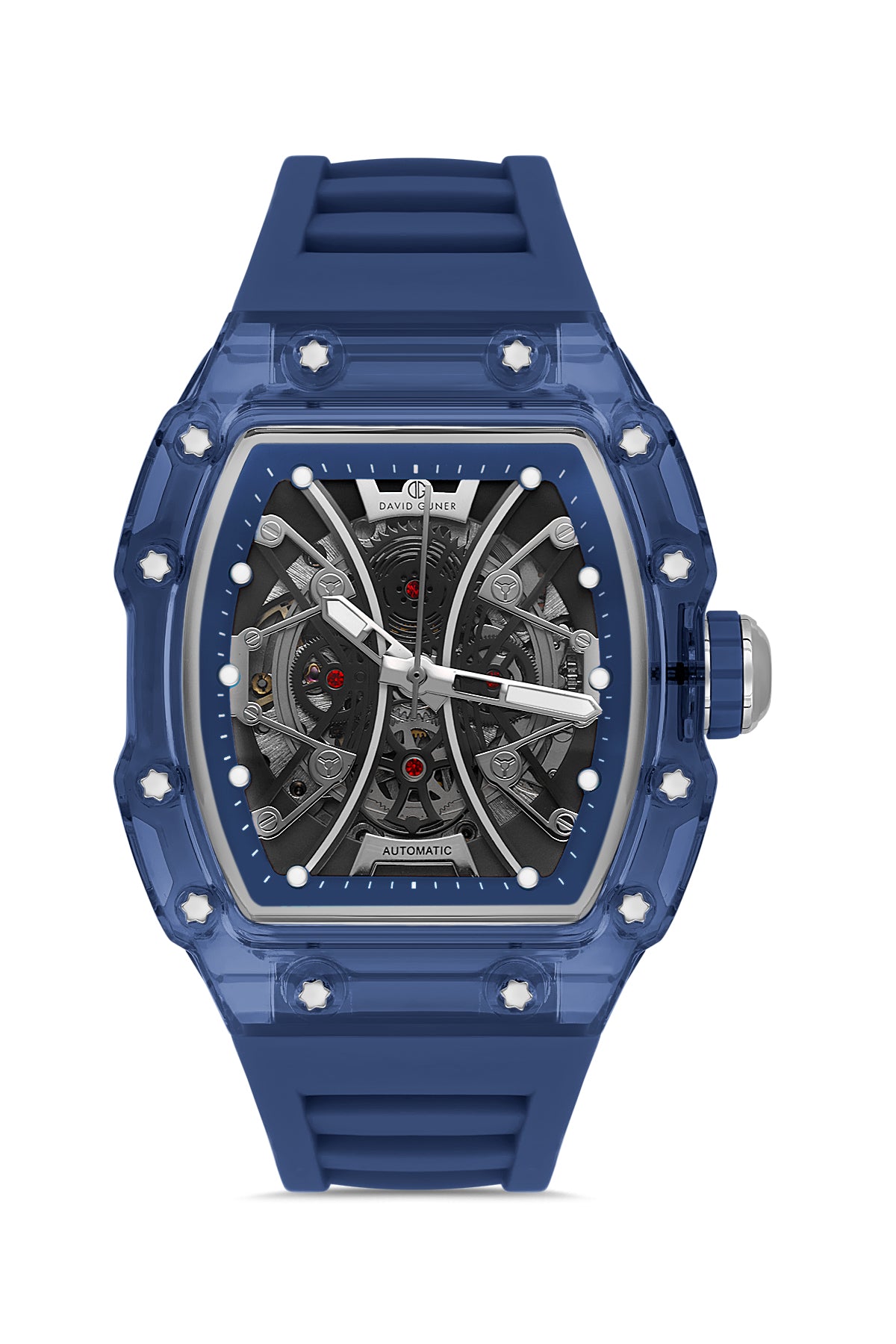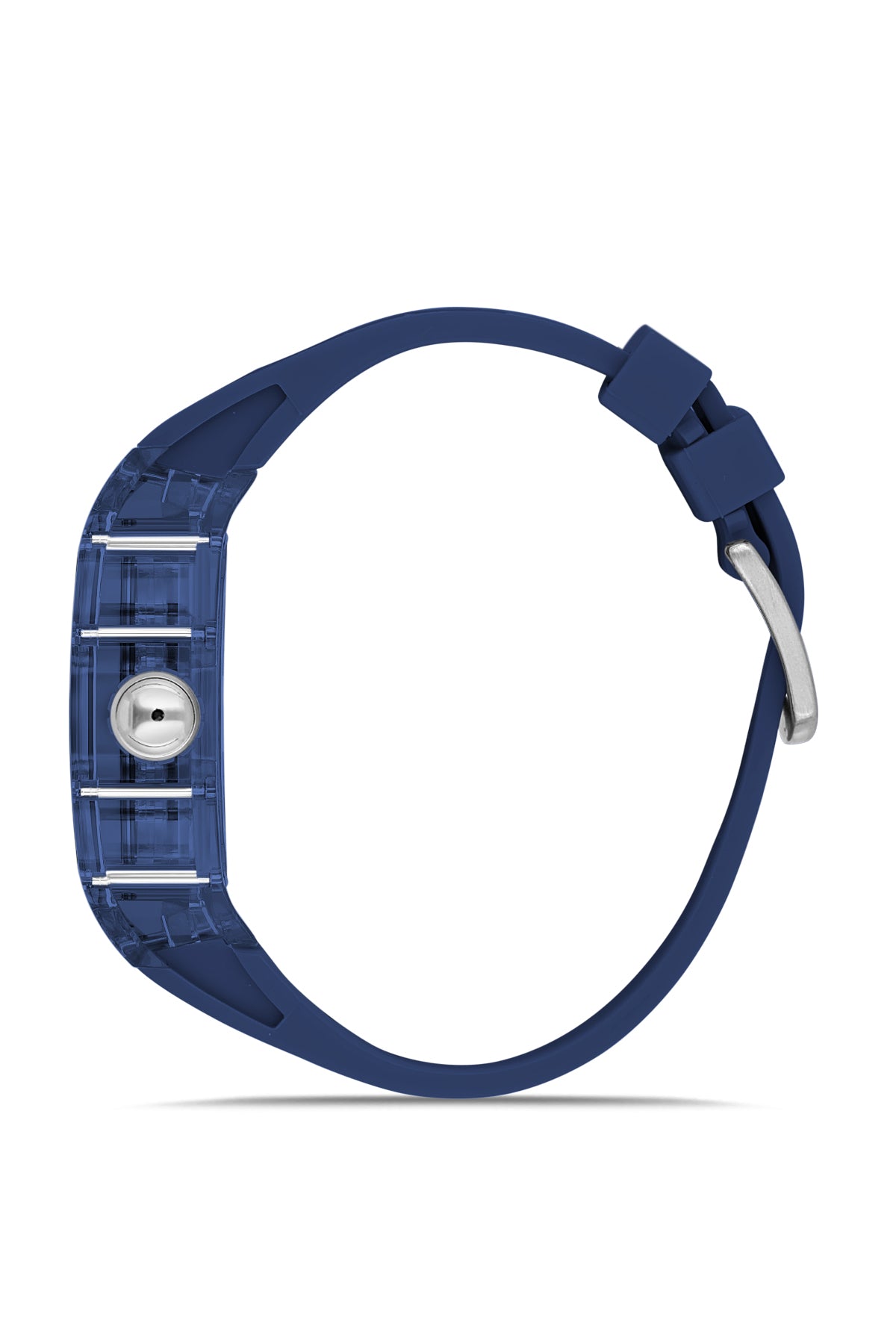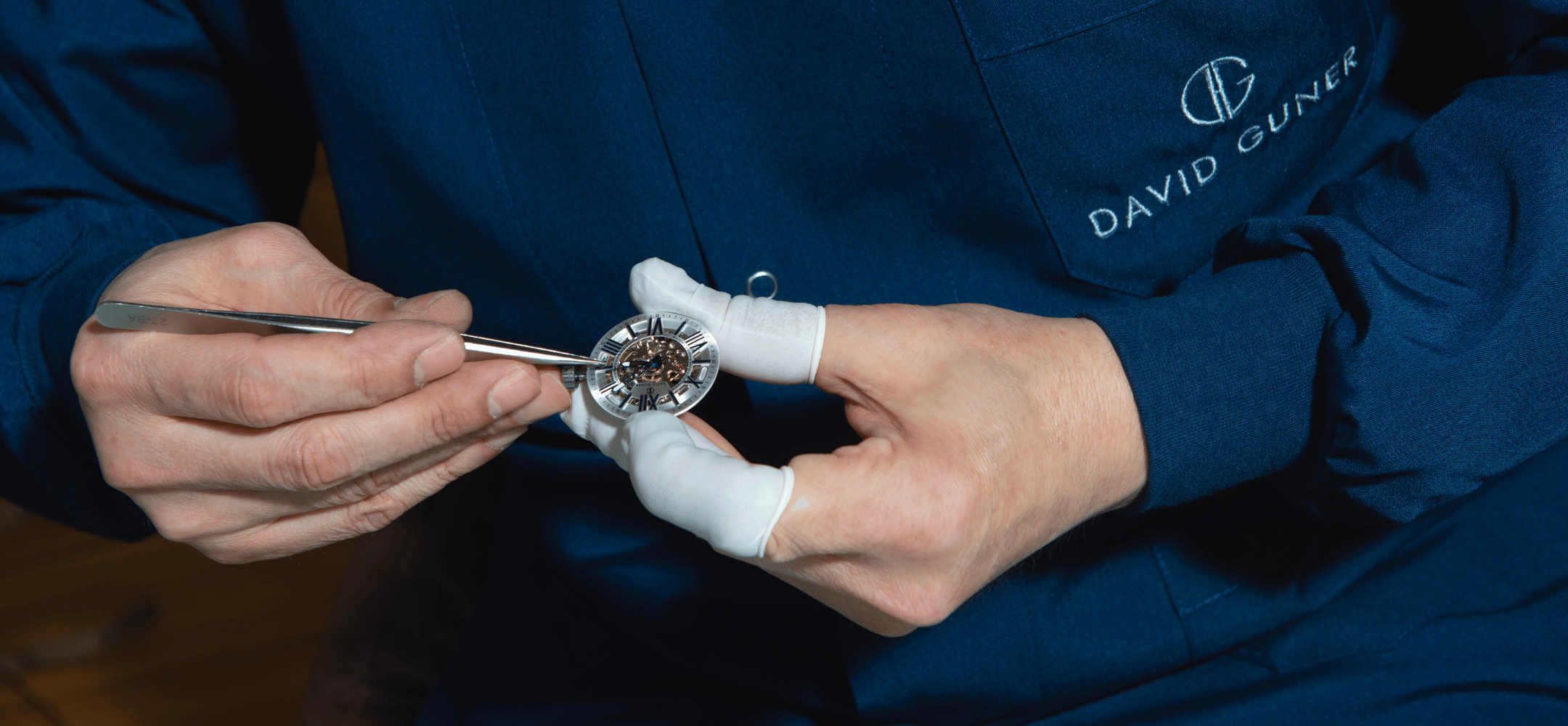Many watch users have noticed that it is usually found on original watches, says water resistant and is measured by ATM. Since each watch's usage area, purpose and material are different, their water resistance levels are also different from each other. In this article, we will talk about the water resistance units and levels of watches. You can find the answers to the questions of what is 1 ATM water resistance or what does 10 ATM water resistance mean in this article.
What is the Waterproof Difference?
The indicator that indicates the water pressure a Watch will experience if you are underwater is its water resistance rating. Nowadays, people love to travel, explore new places and even do water activities. Therefore, there is a high probability that they will be in contact with water. Due to the different and new features of the watches, the degree of water resistance can be misunderstood or even ignored. While 50M per hour water resistance is of great importance for the person who wears a Watch, many people are not even aware of it.
Let's briefly talk about what the meters on the Watch mean and which activities will be affected per meter.
Water resistance: Protects the Watch only against splashes of water, without applying any pressure. It protects your Watch against water droplets when washing your hands in daily life.
50 m water resistance: Protects your Watch against simple water activities. It is effective in shallow waters, but does not provide protection in underwater diving activities.
100 m water resistance: Provides protection during activities such as shallow underwater diving such as pool diving and swimming. It is not suitable for scuba diving and jet ski activities and does not protect against them.
200 m water resistance: protects your Watch from water during activities such as snorkeling, jet skiing and swimming. 200 m water resistance does not provide protection during scuba diving activity.
Diver watches: In addition to all the activities mentioned above, they are also used in scuba diving activities. Protects your Watch against all water sports.
Bar and ATM Levels
The most common concepts seen on the watch include bar and ATM levels. It is used to demonstrate the durability of the watch against different types of pressure.
The bar level relates to the pressure applied to the Watch under water. Converted to bar level, it was determined to equal 32 feet or 10 meters. The ATM level is related to the air pressure above the water. First of all, normal pressure at sea level is considered to be 1 ATM. In simple terms, a 10 ATM Watch indicates that the Watch is 10 times more resistant to sea level pressure without succumbing to water pressure.
You can theoretically go down 50 meters with a Watch that is at 50 meters. At the same time, this causes the watch to be exposed to more pressure. Even though your watch is rated for 50 metres, you need to make sure you leave some space at the depth it will go underwater as the water will create extra pressure and thus differ from the depth pressure.
Conversions between bar, ATM and distance:
1 bar = 1 ATM = 10 meters = 32 feet. Therefore, 10 ATM = 10 bar = 100 feet under water or 10 ATM = 10 bar = 320 feet under water.
20 ATM = 200 meters = 640 feet = 20 bars
30 ATM = 300 meters = 960 feet = 30 bars
50 ATM = 500 meters = 1600 feet = 50 bars
It is converted as 100 ATM = 1000 meters = 3200 feet = 100 bars. This is how you can follow the bar and ATM levels on your watches.
ISO Levels
ISO 2281 : 1990 and ISO 6425 : 1996 are specific standards for watches for their underwater functions.
The ISO 2281:1990 level is a standard used on daily wear Watches, while ISO 6425:1996 is a standard used on diving Watches where depth and pressure play an important role. A Watch that passes ISO 2281 is officially considered a waterproof Watch and is stated throughout the rating. Diver Watches must pass ISO 6425 tests to determine their strength under pressure. Another term commonly used in watches is WR. WR indicates the water resistance rating. It indicates the durability of a Watch to be able to withstand specified pressure.
ISO 2281:1990
ISO 2281:1990 refers to the different tests required for a Watch to be water resistant. It is usually for daily worn Watches and is used for light swimming, exercise, normal activities. Regardless of whether there is anything other than a Watch or not, Watches marked water resistant are not suitable for undersea diving. In other words, using these watches while scuba diving is entirely your responsibility.
It is optional for Watches to pass these tests, and testing only 1 sample Watch is sufficient for the test. The tests and conditions required for water-resistant Watches are as follows;
- The Watch must be resistant to water for 1 hour under 10 cm of water.
- Watches must be resistant to water when the buttons are pressed under 5 cm deep water for 10 minutes.
- Clocks placed in a heated area of 40 – 45 degrees resist condensation and are then wiped off after 1 minute by dripping 18 – 25 degree water droplets. In this case, there should be no signs of condensation inside the watch.
- A Watch placed in an area that is 40, 20, 40 degrees for 5 minutes with time intervals of 1 minute or less for each pass is resistant to heat, but the glass of the watch should not show signs of condensation thereafter.
- Since the watch is pressed into water, it resists water. The pressure shown is applied within 1 minute and maintained for 10 minutes. Then, the pressure is gradually reduced within 1 minute, and then it is checked for condensation or water leakage.
- A Watch exposed to 2 bar air pressure resists air pressure. In this case, it is checked whether there is air flow in the case.
In order for a Watch to receive ISO 2281: 1990 certification, there is no need for tests such as Band connection, corrosion test, or negative pressure.
ISO 6425:1996
ISO 6425: 1996 contains more stringent rules than ISO 2281: 1990, as it is applied to diving watches that can be used at depths of 100 m and above. These watches are tested to 125% of nominal pressure. In ISO 6425: 1996, which is a very important standard, not only one sample but every hour goes through the testing process. To have this certificate, it must pass the following tests:
- The Watch must be waterproof when immersed up to approximately 30 cm for 50 hours at 18 to 25 degrees and all other features and functions must be in working order.
- A Watch placed in a heated area for 5 minutes at 20 to 40 degrees for 40 minutes will not condense, and there should be no signs of condensation on the Watch glass during heat transitions of 1 minute or less.
- For the waterproof test, the watch will be exposed to 125% nominal pressure under water for 1 minute and will be kept like this for 2 hours. It will then be reduced to 0.3 bar in 1 minute and then stored for 1 hour.
- The Watch pressed to approximately 30 cm at 40 degrees, 50 degrees, 40 degrees for 10 minutes with an interval of 1 minute or less on each pass must be resistant to thermal shock. There should be no signs of condensation or water on the glass.
With these tests, the true quality or durability of a watch is determined. When purchasing a watch, you can make a choice that suits your purpose or needs by paying attention to these levels or units.







